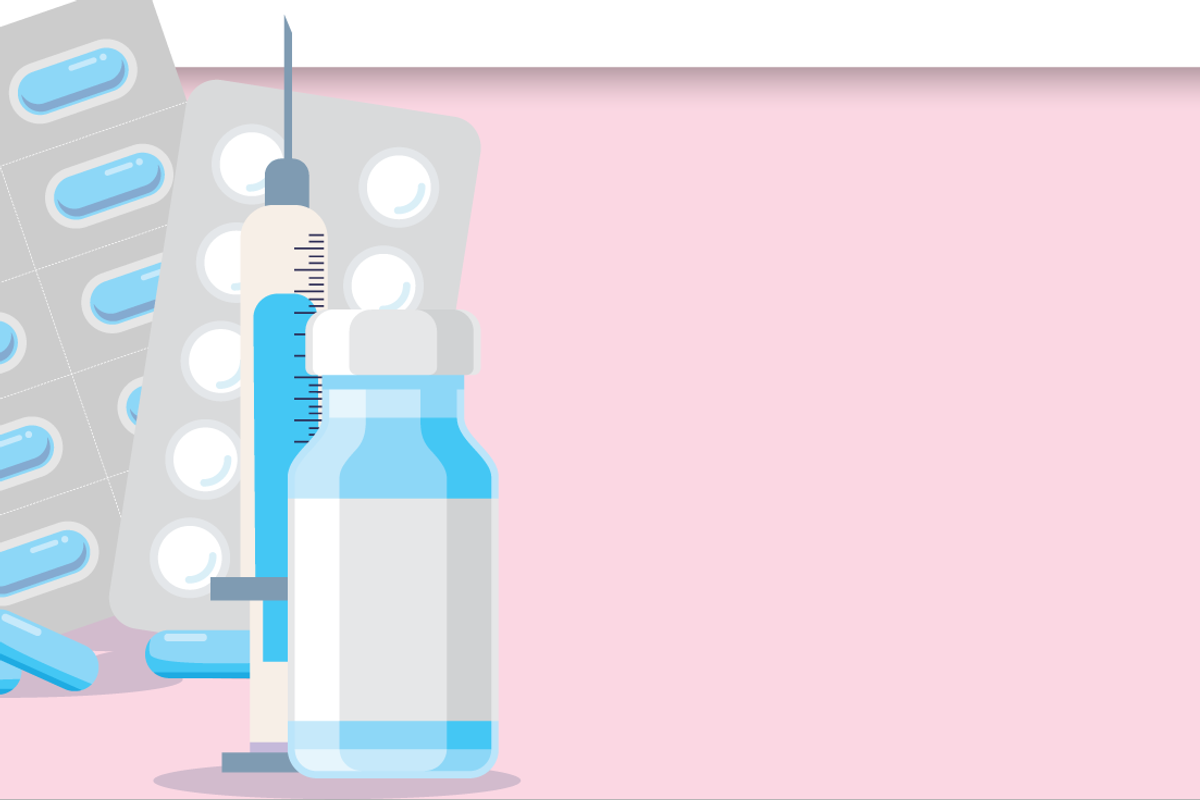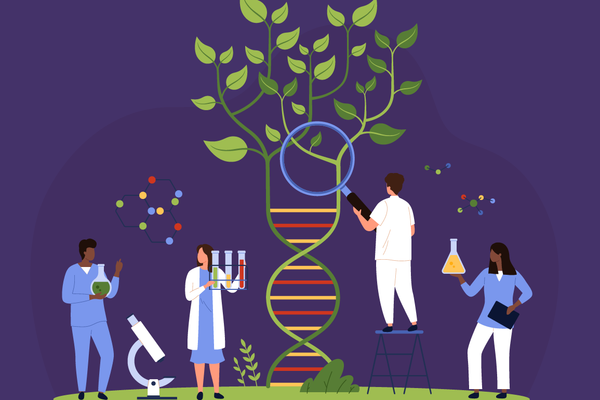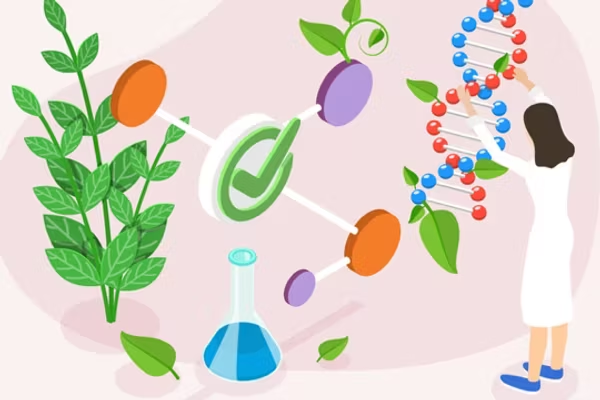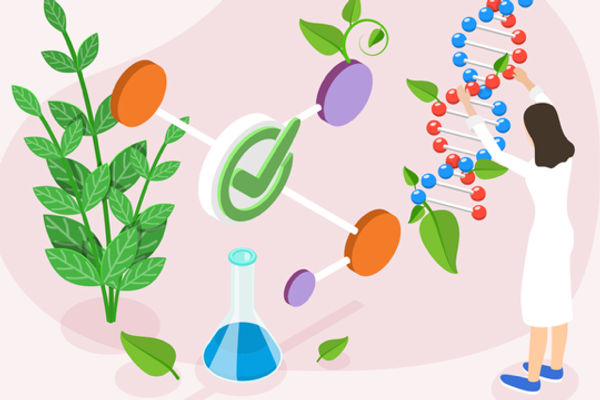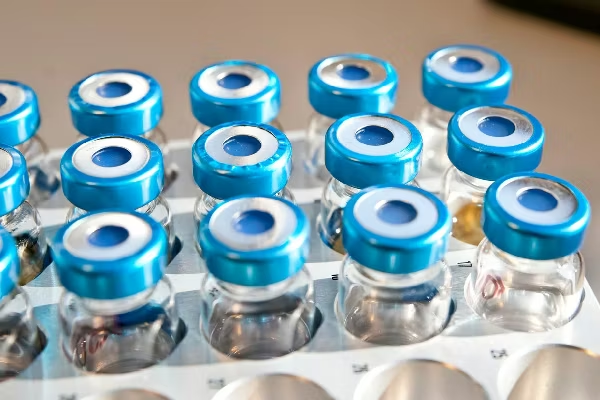What are biologics?
A biologic is a medication made from living materials. These sources include:
- Plant cells
- Animal cells
- Microorganisms such as bacteria and yeast
Biologics are used to treat many different health problems, including:
- Diabetes
- Arthritis
- Multiple sclerosis
- Psoriasis and other chronic skin diseases
- Crohn’s disease, colitis and other chronic bowel diseases
- Breast, lung and colon cancers
What are biosimilars?
Biosimilar medications are also biological drugs that are made from the same types of living materials as biologics, and used in the same way to treat some of the same health problems. They are designed to match an already approved biological drug.
Biologics vs. biosimilars
Biosimilars are very similar to the biologic they’re modeled after.
A biosimilar is based on a biologic, which is called the reference product.
Biologics are made from living materials, so they can’t be copied exactly in the way drugs made from chemicals can.
To get FDA approval, biosimilars must:
- Work in the same way as the reference product
- Work just as well as the reference product
Biosimilars are usually less expensive to develop than biologics, making them ultimately more affordable for patients.
What are generics?
A generic is a type of drug that contains the same chemicals as a brand name drug. Once a brand name drug’s chemical formula is no longer protected by a patent, other manufacturers can make their own “generic” version of this drug.
To be approved by the FDA, a generic must be the same as the brand name in:
- Dosage form
- Safety
- Strength
- Route of administration (oral, nasal, IV, etc.)
- Quality
- Performance
- Intended use
Biosimilars vs. generics: Are they the same thing?
Biosimilar | Generic | |
Copy of an approved medication | ✔️ | ✔️ |
Proven to be safe | ✔️ | ✔️ |
Proven to be effective | ✔️ | ✔️ |
Similar to reference product | ✔️ | |
Exactly the same as reference product | ✔️ | |
Made from chemicals | ✔️ | |
Made from a natural/living source | ✔️ |
Can a pharmacist substitute a biosimilar for a biologic?
If a biosimilar is interchangeable, a pharmacist can substitute it for a biologic without asking the prescribing healthcare provider.
If a biosimilar isn’t interchangeable, it can’t be substituted by the pharmacist without them first getting permission from the prescribing healthcare provider.*
*This can vary by state.
Using a biologic and wondering if a biosimilar might cost less but work just as well? Ask your healthcare provider.
This educational resource was created with support from Sandoz.
- Questions to Ask Your Healthcare Provider About Biosimilars ›
- How Are Biosimilars Made? - HealthyWomen ›
- ¿Cómo se preparan biosimilares? - HealthyWomen ›
- What Are Biosimilars? - HealthyWomen ›
- What Are Biosimilars? - HealthyWomen ›
- Biosimilars: Better Access to Advanced Medicines - HealthyWomen ›
- Qué son los biosimilares: Un mejor acceso a medicamentos avanzados - HealthyWomen ›
- What Are Biosimilars? - HealthyWomen ›
- How Biosimilars Help with Chronic Conditions - HealthyWomen ›
- ¿Qué son los biosimilares? - HealthyWomen ›

